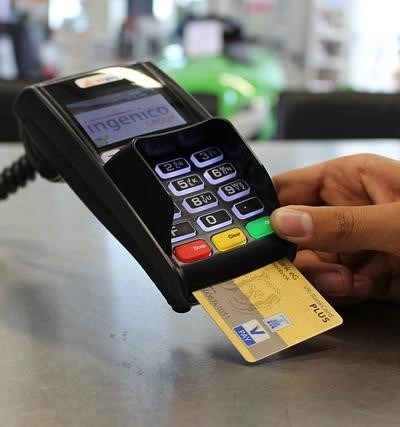Protecting sensitive cardholder data, especially the CVV (Card Verification Value), is paramount for any business accepting online payments. A robust security strategy encompassing both network security and application security is essential to prevent data breaches and maintain PCI DSS compliance. This guide advises on crucial steps to ensure your systems are adequately protected.
Understanding the Risks
Compromised CVV numbers lead to fraudulent transactions, resulting in financial losses and reputational damage. Data breaches, often stemming from vulnerabilities in your systems or lax security practices, are a major threat. Malware protection is critical, as malicious software can steal CVV data directly from your servers.
Strengthening Your Firewall
Your firewall is the first line of defense. Properly configured firewall rules are vital to restrict unauthorized access to your systems. These rules should limit access to payment processing servers, ensuring only authorized applications and IP addresses can communicate. Regularly review and update these rules to address emerging threats.
Implement intrusion prevention systems to detect and block malicious traffic attempting to exploit vulnerabilities. Strong network security practices, including regular patching and updates, are crucial.
Securing Payment Processing
Never store CVV data longer than absolutely necessary. Always utilize encryption during transmission and storage. Implement robust authentication and authorization mechanisms to verify user identities and control access to sensitive data. Practice secure coding principles to minimize vulnerabilities in your payment processing applications.
PCI DSS Compliance
Adherence to PCI DSS compliance standards is mandatory for businesses handling cardholder data. This involves implementing comprehensive security controls, including regular vulnerability management scans to identify and remediate weaknesses. Effective threat detection systems, such as intrusion detection systems, are also critical.
Access Control and Monitoring
Implement strict access control measures, utilizing the principle of least privilege. Only authorized personnel should have access to sensitive data. Regularly monitor your systems for suspicious activity. Invest in cardholder data security best practices, focusing on protecting the entire payment processing pipeline, not just the CVV.
Remember, proactive security measures are far more cost-effective than reacting to a data breach. Prioritize payment security by implementing these recommendations and regularly reviewing and updating your security posture.


This is an excellent guide for businesses handling sensitive cardholder data. The emphasis on proactive security measures, such as firewall configuration and regular vulnerability scans, is particularly valuable. The clear explanation of PCI DSS compliance is also very helpful.
A well-structured and informative article. The section on securing payment processing is especially strong, highlighting the importance of encryption and secure coding practices. This guide provides a practical framework for improving data security.
A comprehensive and insightful resource for businesses seeking to enhance their data security posture. The clear and concise writing style makes complex security concepts accessible to a wider audience. Highly recommended.
This guide effectively communicates the critical importance of protecting CVV data. The step-by-step approach to strengthening security, from firewall management to PCI DSS compliance, makes it easy to understand and implement the recommendations.